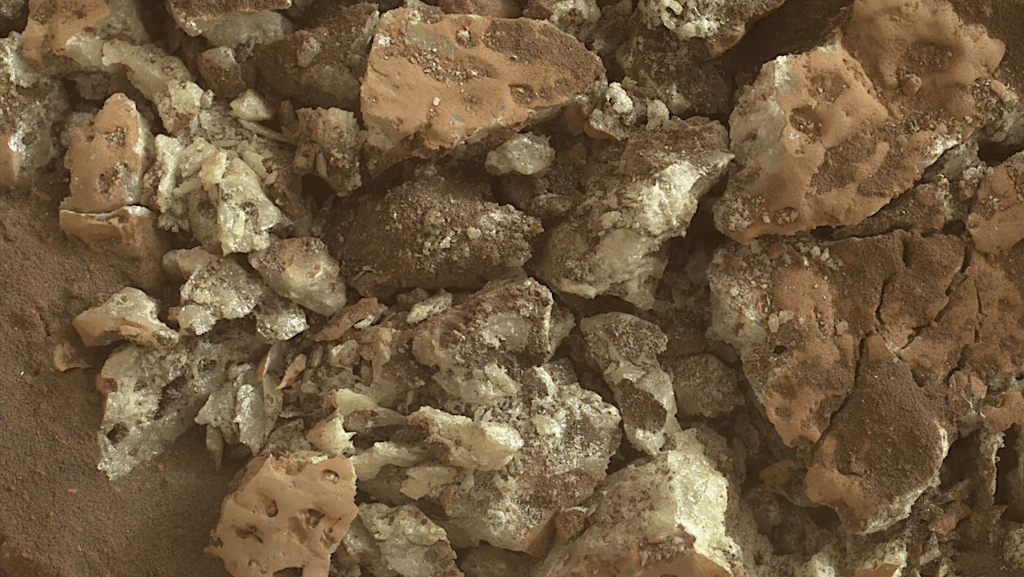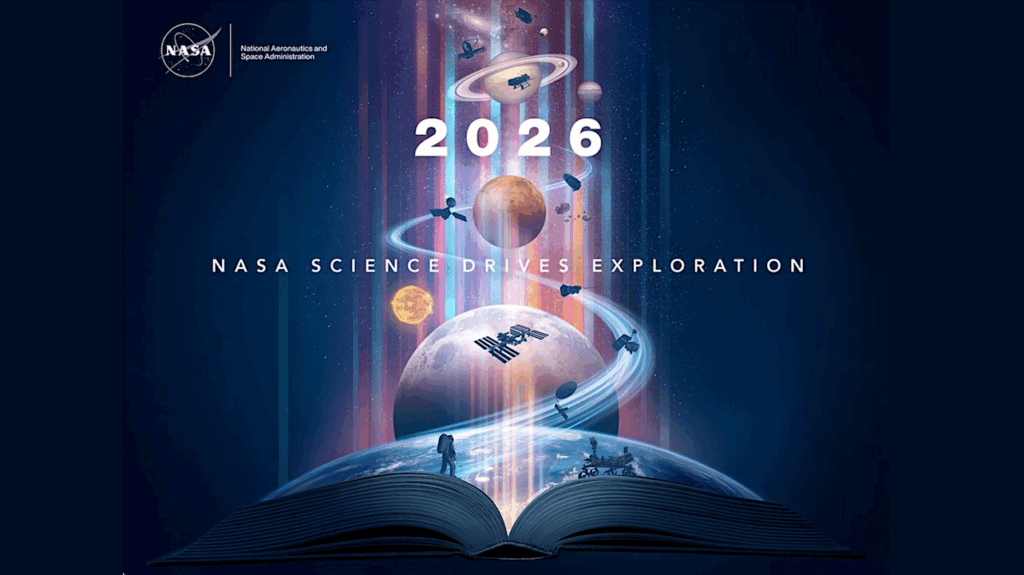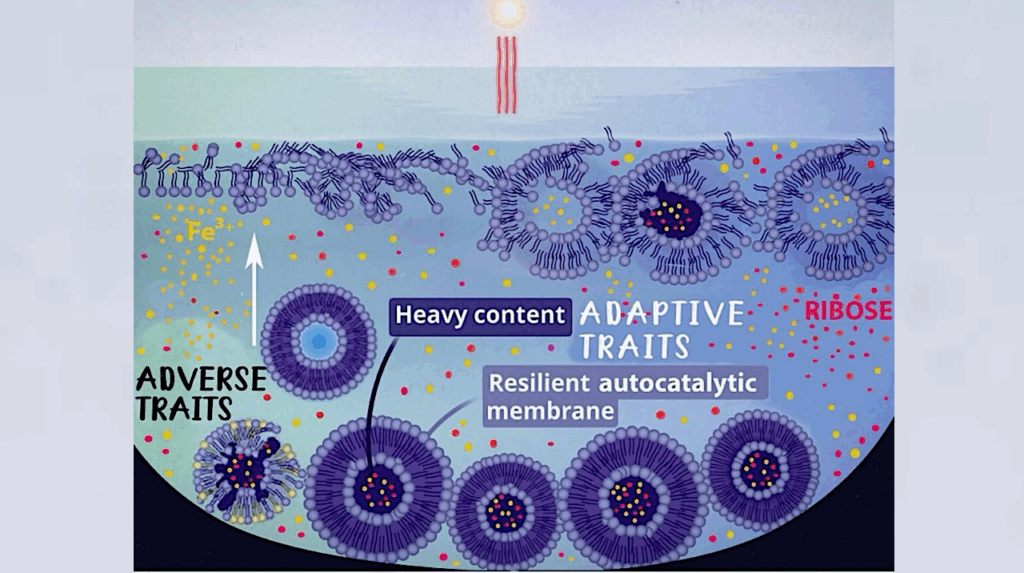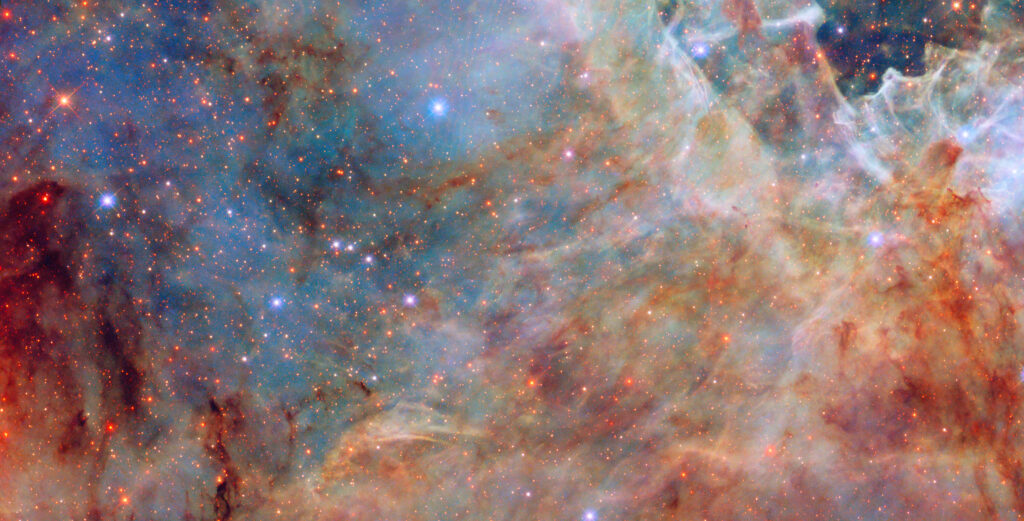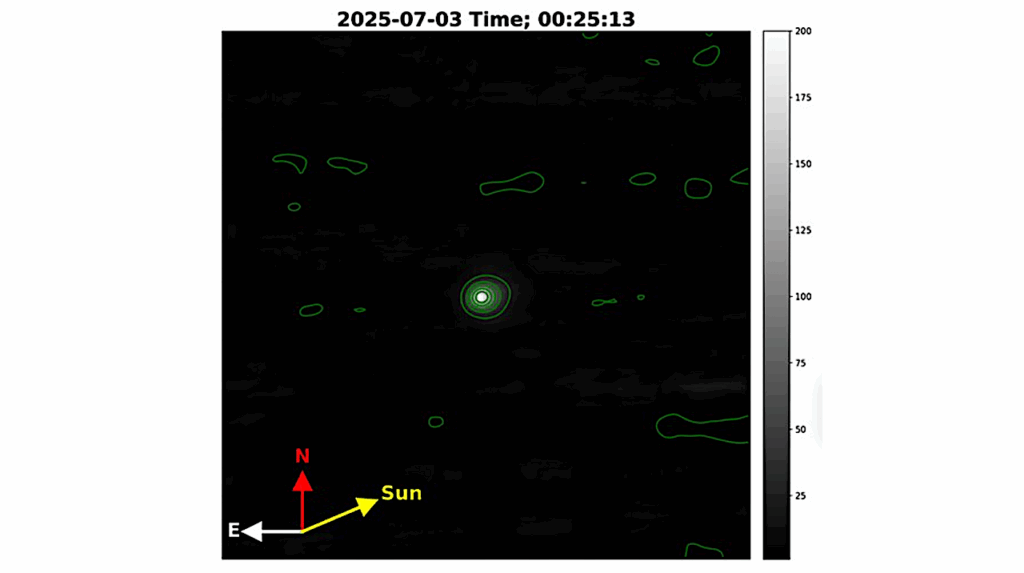Titan’s Rocks Of Ice – An Interview with Christopher McKay

Huygens sent back only one picture from the surface of Titan. Some people ask, “Are there any more pictures?” They’re used to the Mars rovers, where every day you get a new picture because they’re moving.
Huygens doesn’t have any wheels or any motion, so it lands and whatever orientation the camera’s pointing in, that’s the scene, the only scene it takes a picture of. So we have an hour and a half of the same picture. But it’s a pretty cool picture.
I think we landed in a stream bed. The rocks you can see in the picture are solid water.
Titan is minus 180 Celsius (minus 292 Fahrenheit). At this cold temperature, H2O is a rock. It is not a volatile; it is not a fluid; it is not an ice, in the sense that you might think of ice as an easily malleable solid form of a fluid. It is a rock. It is as hard as granite and acts like granite.
The stream bed was probably made by liquid methane. So we’re probably sitting in the dry bed of a liquid methane stream. Now, if these rocks are solid water, they would sink in liquid methane, just like rocks on Earth sink in water. And rocks are hard, so they’re going to get tumbled by liquid and they’re going to be rounded. The rocks look like stream pebbles.
There are some puzzles with this image, though. One puzzle is, Are the rocks really made out of water? When the probe landed, we said, That’s got to be water. What else could it be? But there are some problems with that interpretation. The spectral data is not consistent with water. The GCMS team hasn’t published their results and haven’t shown the data, but they say that they don’t see the spectral signature of water.
But even if you had a small impurities mixed in with the water, they might hide the spectral signature. For example, if you mix in a little bit of organic goo, it looks brown. Imagine a dirty snow bank. It’s hard to tell if it’s really snow, because snow is supposed to be white. So small-level impurities could hide the water.
The other thing is that the dielectric constant of the ground, as measured by the Huygens impedance probe, is not consistent with water ice. But the antenna of the probe got bent in the landing, so we’re not sure of its calibration. We’ve got to sort that out. So we can’t rule out water.
If we look at the density of Titan, it’s 1.9 grams per square centimeter, which means it’s got to be 50 percent water by mass. This is the outer solar system. Everything is 50 percent water by mass, roughly. Titan is no exception. Only Io is not, because it’s been dehydrated. And the water’s all going to be on the top.
Billions of years ago, when the Earth formed, it was completely molten. Everything was molten. And it cooled, and the rock solidified. That was the primary source of rocks on Earth, the solidification of the magma Earth. Rocks on Earth are mainly silicates, they’re mostly made out of glass, SiO2-type substances. They melt at very high temperatures, a couple of thousand degrees. So once the Earth cooled down below a couple thousand degrees, it became full of rocks.
Think of Titan the same way. Titan formed very hot, completely molten. When it cooled down to a couple thousand degrees, half of it condensed to form rocks. The other half was still water, still steam. It didn’t condense until the temperature fell below 0 degrees Celsius (minus 32 degrees Fahrenheit). Then the water all turned to solid and became hard, and as the temperature became colder, that stuff got harder and harder.
So when Titan formed, it should have formed with a rocky inside, and then a huge layer of frozen water on top of it. So this 50 percent water by mass, we expect that mass to be on the top, to be the crust of Titan. That’s why we think that Titan has a several-thousand-kilometer-thick layer of ice on the surface. On Titan we don’t call it an ocean, we call it the mantle, because it’s not liquid, it’s solid.
Some people think there could be a liquid underneath, a methane-ammonia-water mixture, but we still expect the surface to be basically frozen water. It’s just like Europa. The only difference is that it’s got an atmosphere above it. That’s why we can’t figure out what the rocks can be besides water. Because all the other moons that are like it – Ganymede, Callisto, Europa – when we look at their surfaces, they’re water. If you take off Titan’s atmosphere, underneath it all, it should be just like the Galilean moons: water-dominated surfaces.
So if it’s not water, what could it possibly be? I don’t know. This is a real puzzle. And people are lining up on different sides. There are people who say, It’s definitely not water. When I ask them, What is it? they go, I don’t know, but it’s not water. The best number two guess would be carbon dioxide, CO2. But from an abundance point of view it’s hard to imagine, that the surface is really littered with CO2 rocks and not water rocks.
Astrobiology


